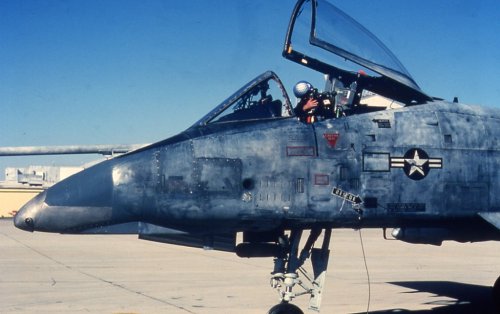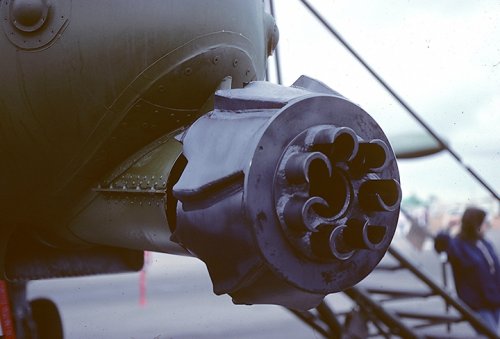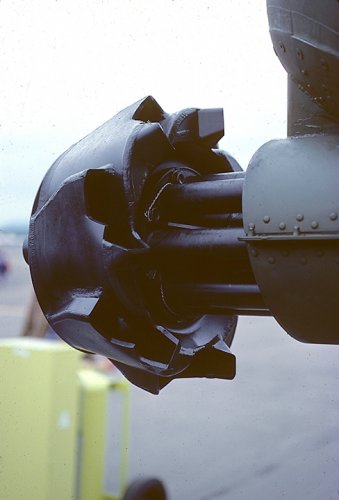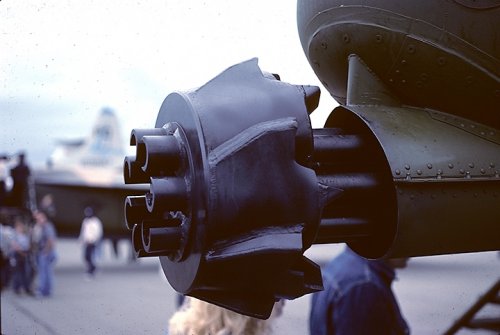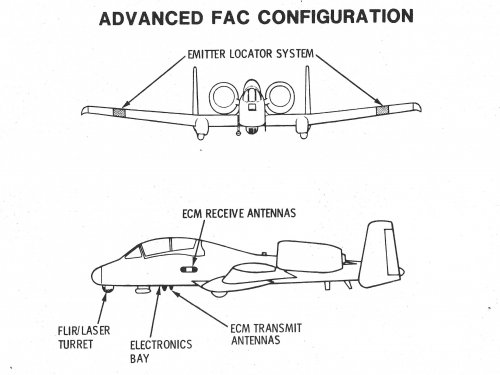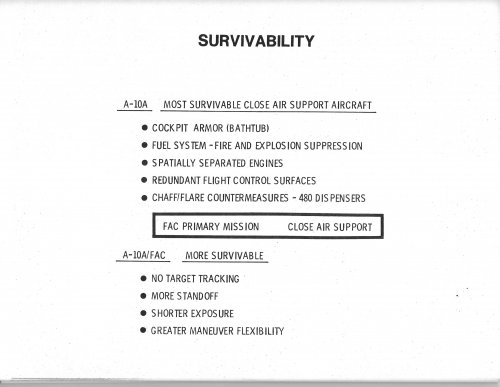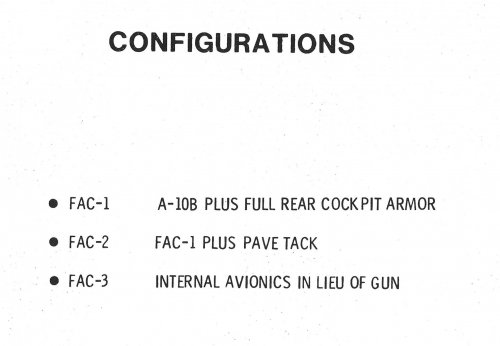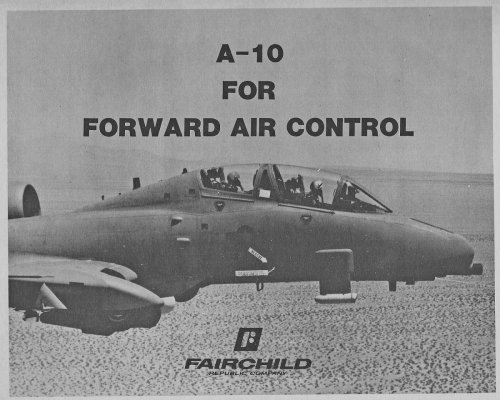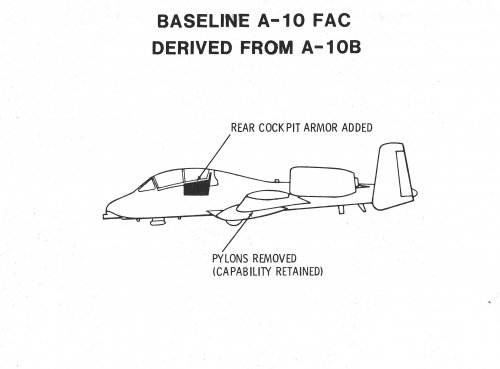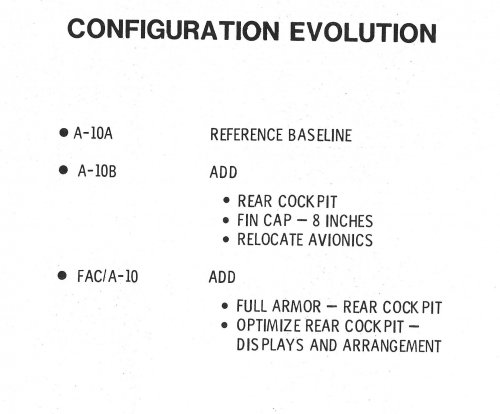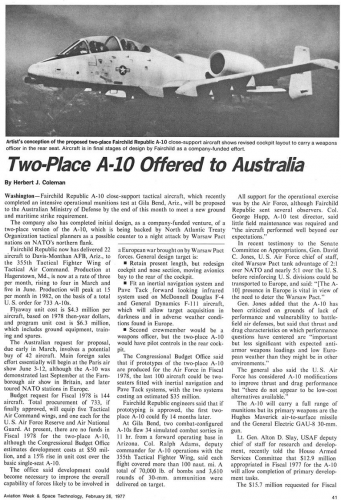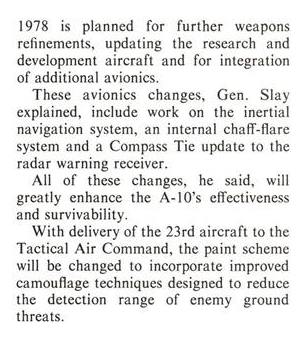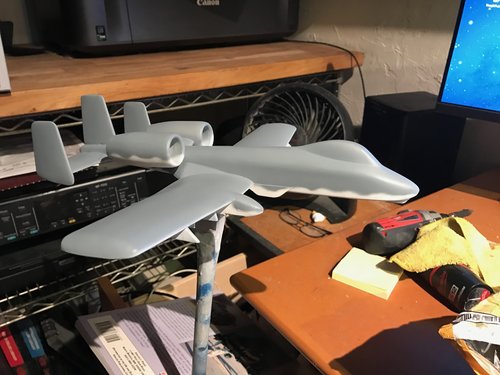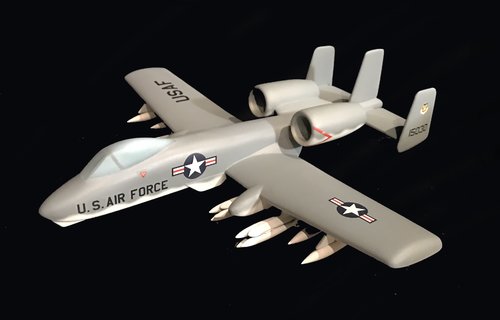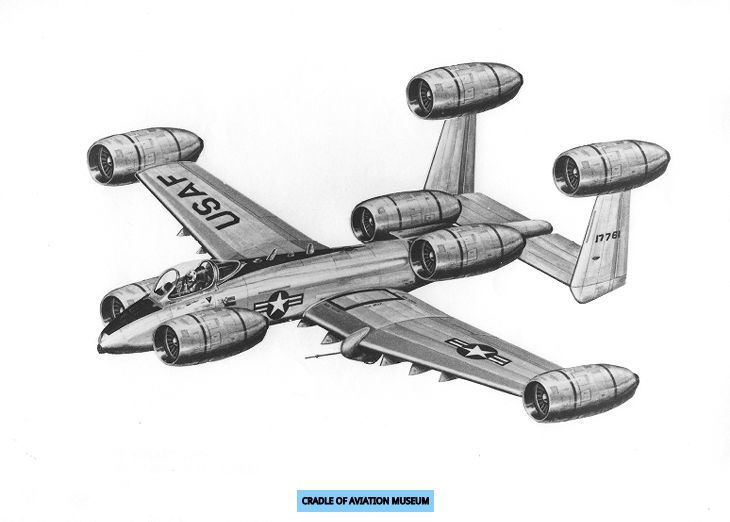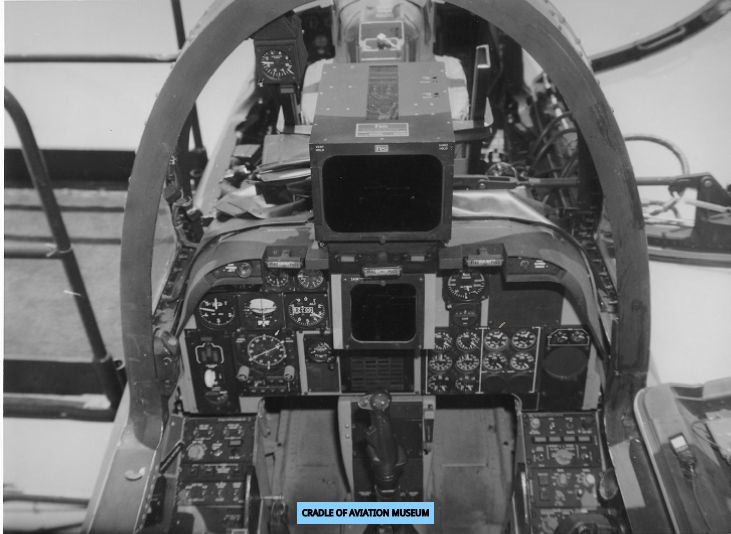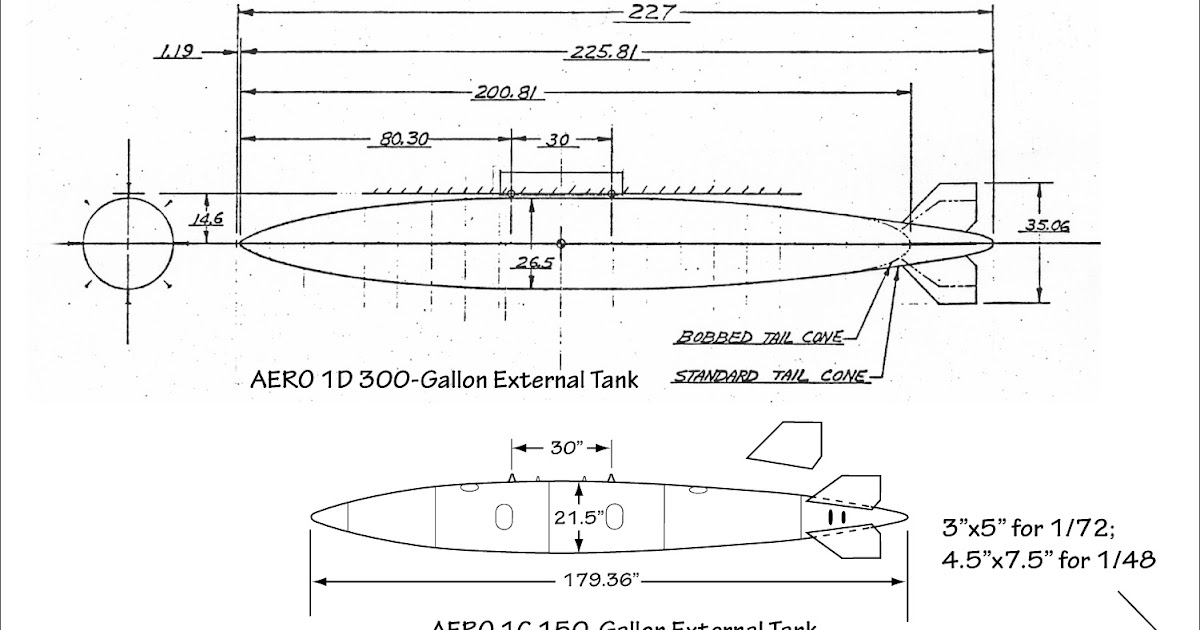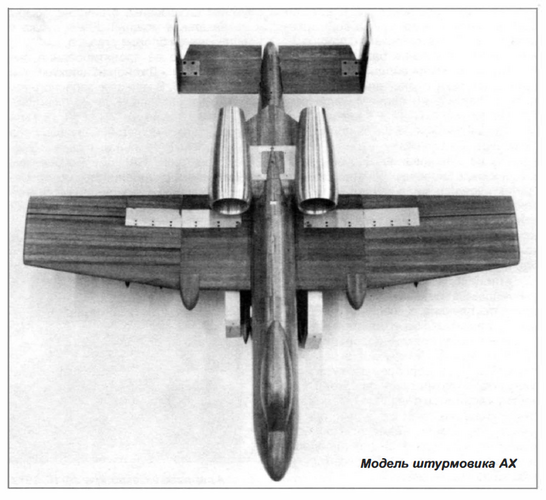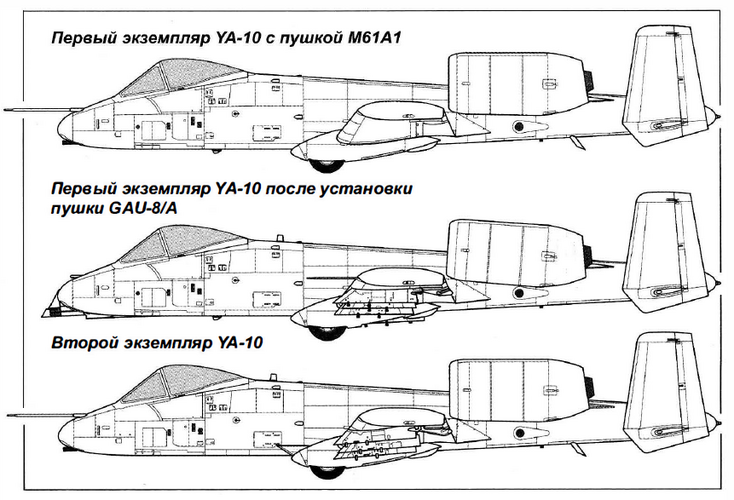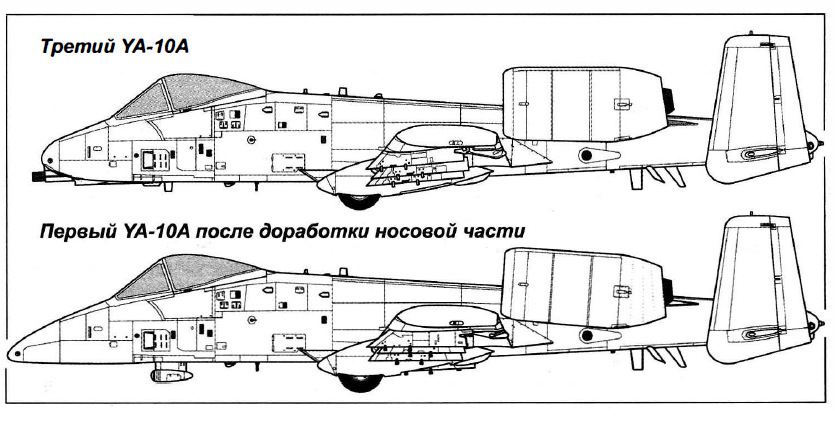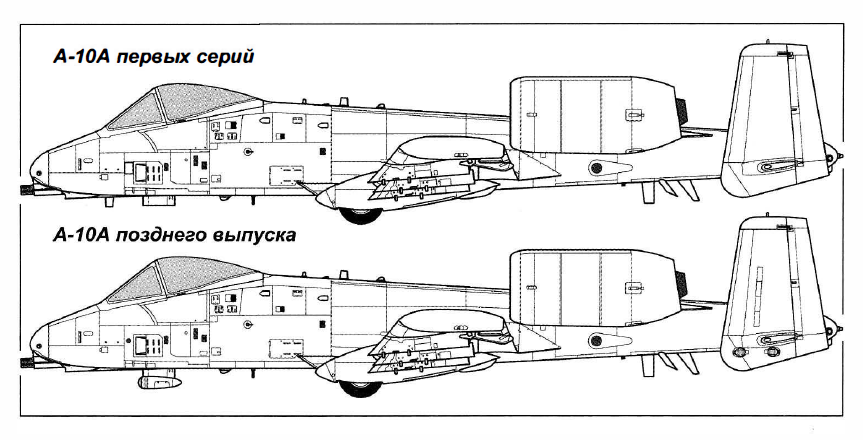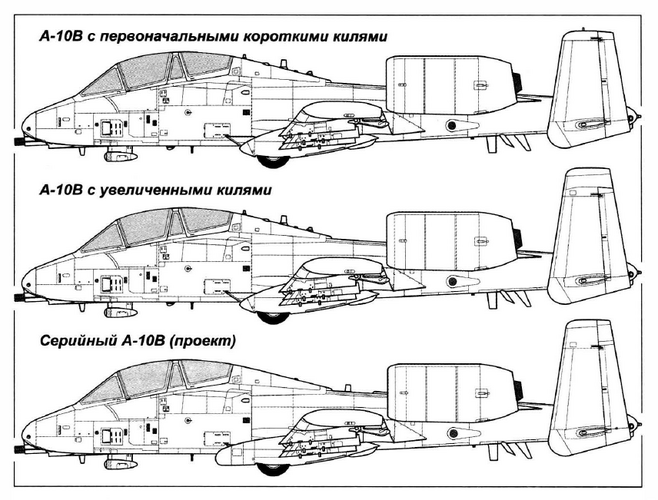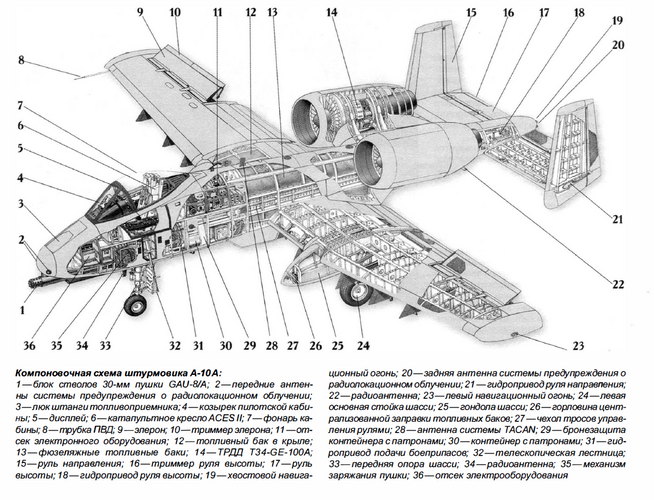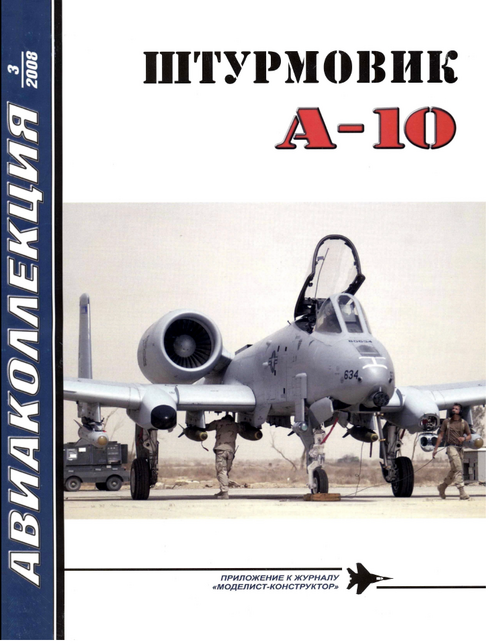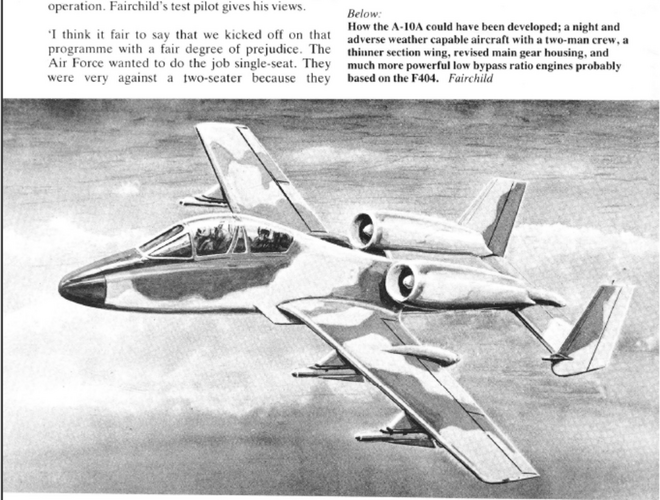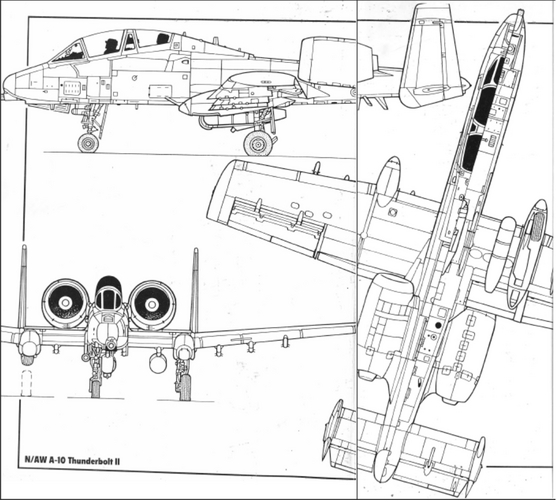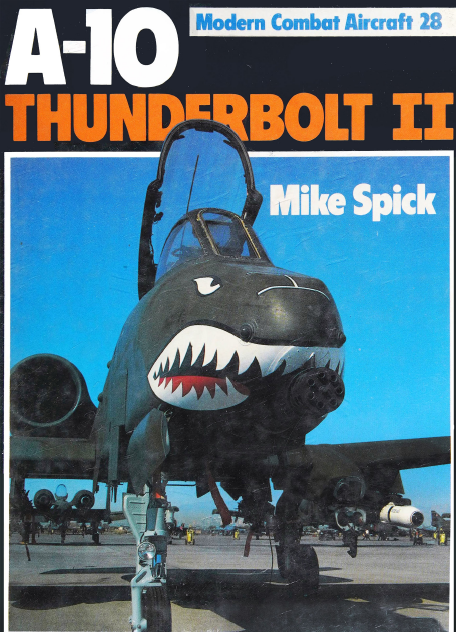
www.globalsecurity.org
As formally documented in MSIP ORD (2001), the A-10 has long been recognized as underpowered. As of 2003 General Electric's proposed TF34-GE-100B engine for the A-10 would provide 15 percent more sea-level thrust and about 30 percent more thrust at altitude with improved thrust-specific fuel consumption. Cost for the fleet of about 370 A-10s with flight-testing would come to about $1 billion-the equivalent of 12 F-22s or 33 F-35s.
During FY04, the current Secretary of the Air Force and the Chief of Staff for the Air Force (SECAF/CSAF) requested the USAF address this need. The most effective solution is a kit upgrade to current engine. The upgraded engine must 1) still fit in current nacelle, 2) not require major structural mods, 3) produce sufficient additional thrust to address identified deficiencies, and 4) be funded from within A-10 program in accordance with (IAW) SECAF/CSAF direction. To meet cost and schedule constraints, the A-10 Engine Upgrade must be based on mature technology. The kit approach offers best value, yet meets A-10 and warfighter needs and provides the fastest delivery of the propulsion upgrade at a significantly lower risk. This modification approach saves three to four (3-4) years over development.
In 2005 the United States Air Force (USAF) sought interested sources regarding a requirement for a TF34 propulsion performance upgrade for the A-10 weapon system. The sponsoring activity is Aeronautical Systems Center, Agile Combat Support Wing, Propulsion Squadron, Wright-Patterson Air Force Base, OH. There is a proposed FY06 target year to begin a three (3) year Systems Design and Demonstration (SDD) effort ($160M budget). The modification kit purchases must begin with adequate leadtime to support kit installations by early FY09, which allows synchronization with planned TF34-100A overhaul schedule. Acquisition planning factors include the following assumptions: 1) The acquisition effort begins at Milestone B, 2) 356 A-10s will be modified, 3) in addition, 68 spare engines will be modified. Key A-10 engine upgrade attributes include: air to air refueling at higher altitudes, reduced susceptibility to FOD, maintaining existing TF34 reliability, operating above the threat with a 500 FPM rate of climb on a standard day at 20,000 feet, decreasing fuel flow, and reducing transit time.
In 2006, the A-10 Propulsion Upgrade Program entered the system design and demonstration phase. This program upgrades the A-10's current TF34-100A engines to provide approximately 30% more thrust. This will help overcome some limitations that the A-10 faces when operating from expeditionary airfields at high field elevations and temperatures. It will also improve the A-10 performance at medium altitudes and increase its weapon load, thus improving survivability and more fully leveraging the capabilities of the Precision Engagement modification and ATPs.
As of 2006 the flat-rated TF34-GE-101 doubles the hot day thrust output over current engines, eliminating take-off gross weight limitations that preclude today's A-10 from delivering its most powerful mission punch. Other -101 performance advantages include: A significant reduction in takeoff distances during hot day conditions. Improved high altitude performance. 30% more acceleration capability and a 2X turn rate for improved maneuverability. An approximate 3X time-to-climb improvement at full combat weight. CONUS to European deployment in one-third the time - without tying up tanker assets and valuable manpower. A positive "single engine rate of climb" safety margin at maximum gross takeoff weight.
By leveraging a $400-million GE investment for commercial engine development and a solid production base, the TF34-GE-101 can be procured on an affordable Commercial Off-The-Shelf (COTS) basis. Maintenance costs (including spares, labor and overhaul) are projected to be less than one-fourth the cost of maintaining current engines. Coupled with a lower maximum thrust rating for robust, reliable operation, significant savings can be realized over the remaining life of the A-10 fleet. A true force multiplier, the A-10 with TF34-GE-101 engines can offload the F-16 Block 40/50 aircraft from close-air support missions and free these valuable assets to perform other critical tasks.

